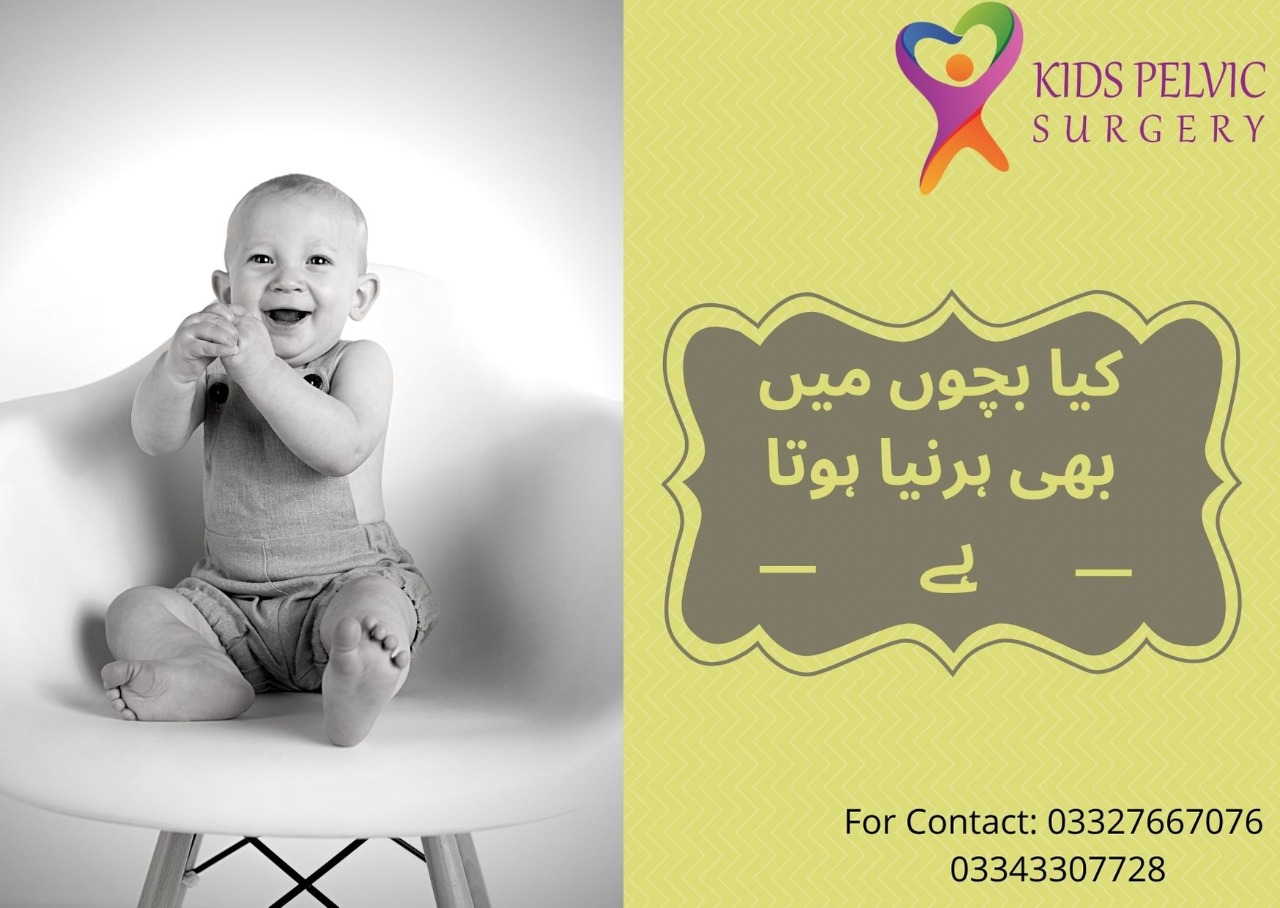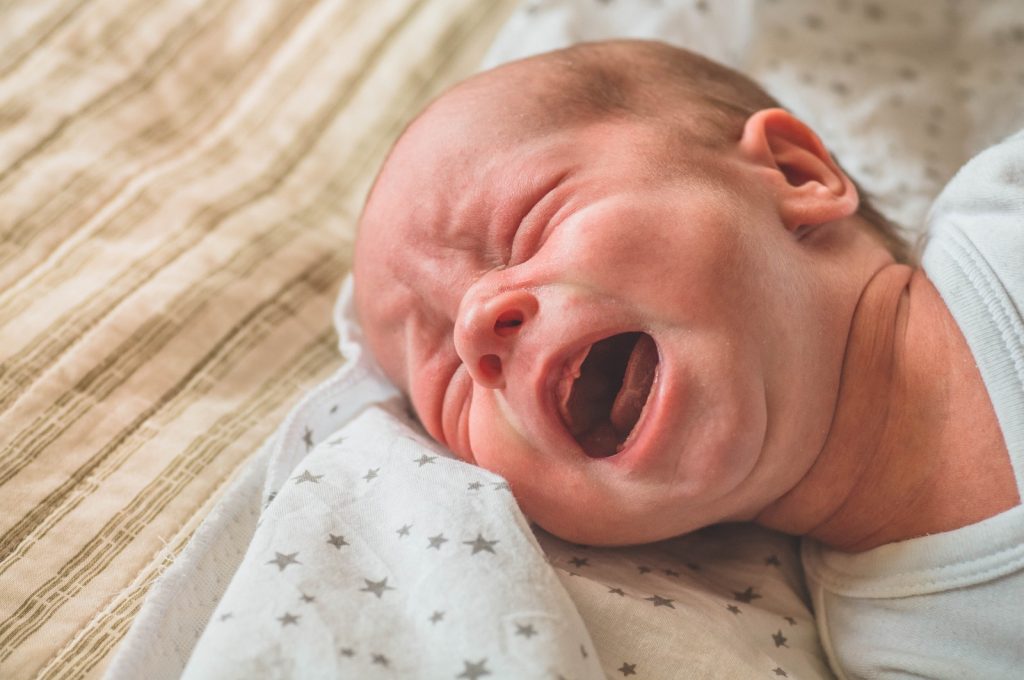
The Complete Guide to Inguinal Hernia in Children | Symptoms, Causes & Treatments
Inguinal hernia is a health condition that affects newborns and young children. It is caused by a weak spot in the muscles near the groin, which allows abdominal contents to push through and create a bulge or swelling in the area. An inguinal hernia can cause pain, discomfort, and other problems if left untreated. Fortunately, it can be treated easily with surgery. Read on to learn more about inguinal hernia in children, including its symptoms, causes, and treatment options.
Symptoms Of Inguinal Hernia
The symptoms of inguinal hernia in children may include:
- A bulge or swelling in the groin, scrotum, or testicles that can become more noticeable when standing or coughing
- Discomfort and pain around the affected area
- Difficulty urinating or a feeling of pressure when urinating
- Constipation
- Poor appetite
- Irritability
Causes Of Inguinal Hernia
Inguinal hernia in children is most often caused by a weak spot in the muscles near the groin. This can be the result of:
- Congenital defect (present at birth)
- An injury to the area
- A tumor
- Increased pressure in the abdomen, such as from obesity or a pregnancy
Treatment Options For Inguinal Hernia
If your child is diagnosed with inguinal hernia, your doctor will likely recommend surgery to correct it. This is a relatively simple procedure that can be performed in a hospital setting. The surgery will involve repairing the weak spot in the muscle wall, which will help to prevent abdominal contents from pushing through and causing a bulge. Recovery time is usually short and your child should be able to return to their normal activities soon after surgery.
There are also some nonsurgical treatment options available for inguinal hernia in children. These include:
- Wearing a supportive belt or brace to help keep the abdominal contents from pushing through the weak spot
- Taking medication to relieve pain and swelling
- Resting and avoiding strenuous activities
- Surgery if the hernia does not improve with nonsurgical treatment
Possible complications of an inguinal hernia in a child?
A child with an untreated inguinal hernia may have an increased risk of:
- Testicular torsion, which is when the testicle twists on its blood supply, causing severe pain and swelling
- Spermatocele, which is a cyst that forms on the epididymis due to sperm leaking into the scrotum
- Hernia recurrence, which is when the hernia comes back after it has been surgically corrected
- If you have any concerns about your child’s health, be sure to speak with your doctor.
- Inguinal hernia is a health condition that affects newborns and young children. It is caused by a weak spot in the muscles near the groin, which allows abdominal contents to push through and create a bulge or swelling in the area. An Inguinal hernia can cause pain, discomfort, and other problems if left untreated. Fortunately, it can be treated easily with surgery. Read on to learn more about inguinal hernia in children, including its symptoms, causes, and treatment options.
- The symptoms of inguinal hernia in children may include:
- A bulge or swelling in the groin, scrotum, or testicles that can become more noticeable when standing or coughing
- Discomfort and pain around the affected area
Risk Factors for Inguinal Hernia
Inguinal hernia in children is most often caused by a weak spot in the muscles near the groin. This can be the result of:
- A congenital defect (present at birth)
- An injury to the area
- A tumor
- Increased pressure in the abdomen, such as from obesity or a pregnancy
- Treatment Options for Inguinal Hernia
- If your child is diagnosed with an inguinal hernia, your doctor will likely recommend surgery to correct it. This is a relatively simple procedure that can be performed in a hospital setting. The surgery will involve repairing the weak spot in the muscle wall, which will help to prevent abdominal contents from pushing through and causing a bulge. Recovery time is usually short and your child should be able to return to their normal activities soon after surgery.
- There are also some nonsurgical treatment options available for inguinal hernia in children. These include:
- Wearing a supportive belt or brace to help keep the abdominal contents from pushing through the weak spot
- Taking medication to relieve pain
Conclusion: How to Prevent Inguinal Hernias in children
To prevent inguinal hernia, children should avoid activities that place a lot of pressure on the groin area, such as:
- Olympic weightlifting
- Contact sports such as football
- Wrestling
- Bicycling
In addition, they should always wear bike helmets to prevent head injuries. Inguinal hernia in children can often be treated successfully with surgery. If your child is diagnosed with this condition, be sure to speak with your doctor about the best treatment options for them.
